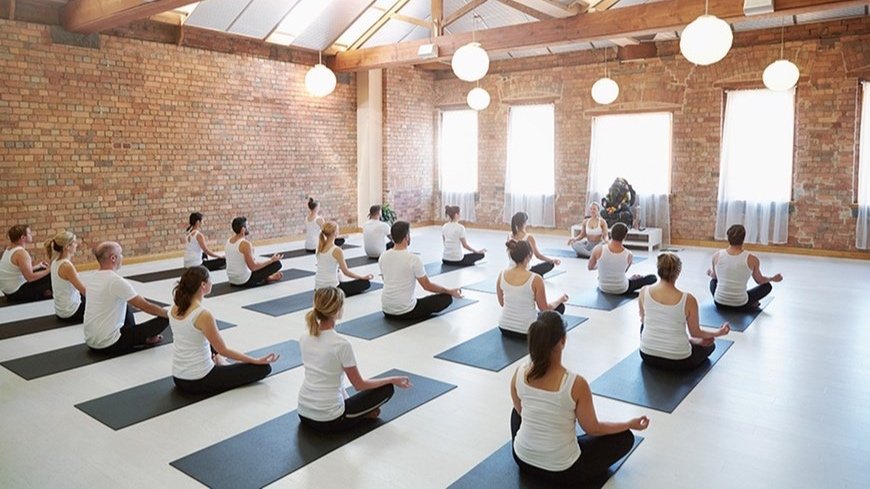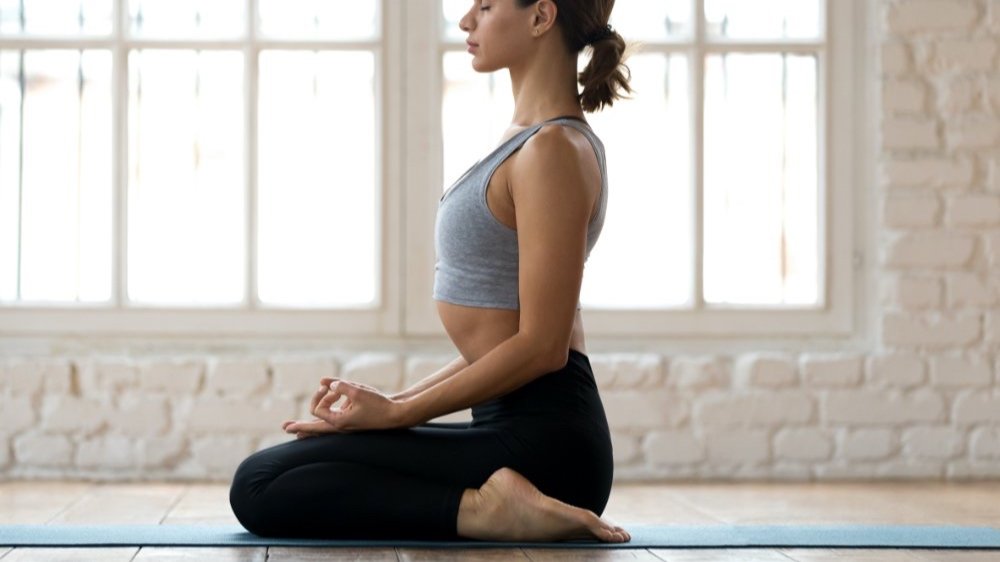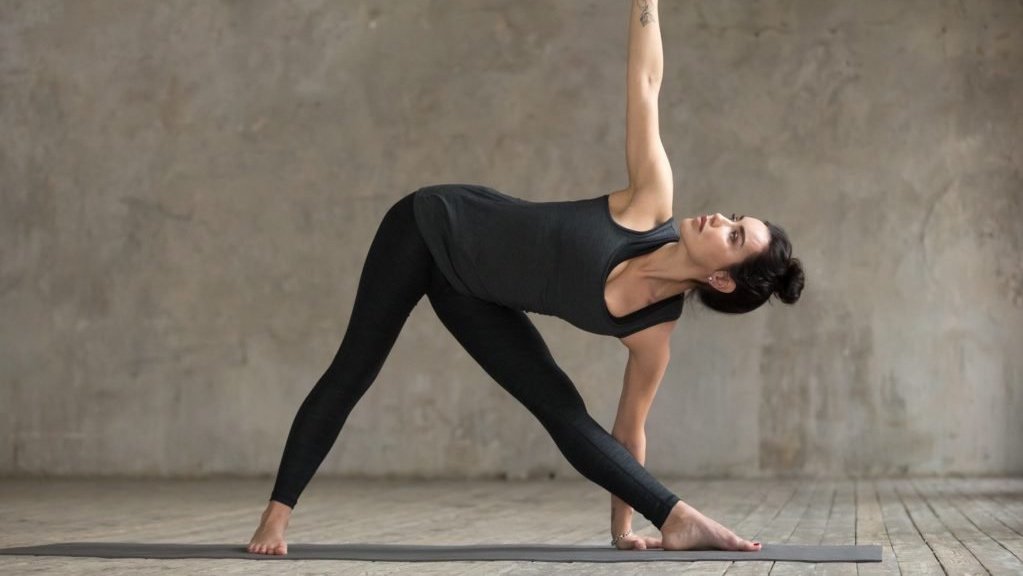Yoga is a vast subject, and just when you think you know all about it, a whole new yogic practice hoves into view that you know nothing about – step forward, kirtan. So what’s the story of kirtan? Put simply, it is yogic chanting, meditation through song, or communal meditation. It is an ancient practice that is being brought bang up-to-date and steadily rising in popularity here in the UK. So here’s a handy guide to kirtan, from its ancient origins to its modern-day form.
THE HISTORY OF KIRTAN
Kirtan originated in the Hindu religion. In Sanskrit, it literally means narrating, reciting, or describing an idea or story. The tradition of kirtan began many hundreds of years ago in 6th century India. Back then, in a time before many people could read or write (let alone endlessly communicate through social media) poets wandered the land singing intricate stories from the Vedas and the Upanishads, which are some of the earliest known religious texts in the world.
The only way these religious texts could be passed down was through word of mouth. So, from one generation to the next, for thousands of years, the Vedas were memorised and passed down through the ages.
In the early 16th century, a Hindu saint called Sri (the Indian terminology for a saint) Chaitanya Mahaprabhu, also known as the ‘Father of kirtan’ left India to disseminate the power of kirtan around the world, inspiring many thousands of people during his lifetime, and beginning a movement that continues to this day.
IT IS PART OF YOGA
The yoga that most of us know and practice is only one type of yoga. There are varying opinions on how many branches there are, some say seven, some six and in Light on Yoga, B. K. S. Iyengar says there are four paths. According to him, these are:
Karma yoga, the path of action, in which a man realises his own divinity through work and duty.
Jnana yoga, the path of intellect, where realisation comes through knowledge.
Bhakti yoga, the path of emotion, where realisation comes through devotion and love of a personal God.
Raja yoga, which is another term for Ashtanga yoga, or the eight-limbed yoga that most of us know as ‘yoga’. This branch is the foundation for the three other branches, preparing the mind for enlightenment, or samadhi, the final goal of yoga.
Other sources cite seven (often overlapping) branches which are: Hatha yoga, Raja yoga, Karma yoga, Tantra yoga, Mantra Yoga, Jnana yoga and Bhakti yoga.
It is bhakti yoga which is the source of the practice of kirtan. The devotional practice of singing, worshipping and chanting to the Hindu deities emphasized the intense longing to know God.
CHANTING IN YOGA
Chanting isn’t just restricted to bhakti yoga though. For example, the traditional way to start an Iyengar yoga class is by chanting the ‘Invocation to Patanjali’. As an Iyengar yoga teacher myself, I begin most of my classes with this chant, using the call and response method. I find that it is a way of punctuating the class, leaving behind any tension or stress that’s accumulated before the class, as well as a way of bringing us all together, teacher and students, in the study and practice of yoga.
THE BENEFITS OF KIRTAN
So what are the benefits of this meditative group singing? As we know (or should do) the seventh limb of yoga is dhyana or meditation. The fact that this comes after the mastery of all of the previous six limbs shows how challenging meditation can be. Kirtan is a way of accessing the mental stillness of meditation without having to sit still for two hours. The practice known as ‘call and response’, when the lead singer, or kirtan walla, will sing the kirtan a phrase at a time and the collected group will repeat the phrase back, is a way of letting go of the mind. This is because it uses the power of mantra (repeated sound) to focus and still the mind, enabling access to that deeper state of stillness within our consciousness. All you need to do is listen and respond.
The power of sound, as stated earlier, also cannot be underestimated. The practice of singing in a group unifies you with those around you, reminding you that you are larger than the individual, and part of a global community.
There is also an element of surrendering to the divine in all of us (ishvara pranidhana), which is the very last of the niyamas.
BUT I CAN’T SING…
This is not an issue! Don’t be daunted if you’re not a professional singer. There’s no judgement if you can’t sing in tune, and you’ll probably be drowned out by all the confident singers anyway. The important thing is to LET GO of your thoughts, and let your sound join the sound around you. The other important thing is to connect to how your emotions link into your voice. When we lock our voices away our inner self goes unheard and unexpressed. By opening up our mouths and letting out what’s inside, we get to unlock our hearts too.






